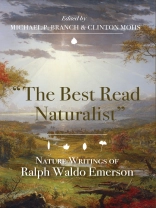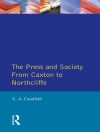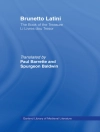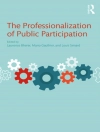Ralph Waldo Emerson is one of the most important figures in American nature writing, yet until now readers have had no book devoted to this central theme in his work. ‘The Best Read Naturalist’ fills this lacuna, placing several of Emerson’s lesser-known pieces of nature writing in conversation with his canonical essays. Organized chronologically, the thirteen selections—made up of sermons, lectures, addresses, and essays—reveal an engagement with natural history that spanned Emerson’s career. As we watch him grapple with what he called the ‘book of nature, ‘ a more environmentally connected thinker emerges—a ‘green’ Emerson deeply concerned with the physical world and fascinated with the ability of science to reveal a correspondence between the order of nature and that of the mind. ‘The Best Read Naturalist’ illuminates the vital influence that the study of natural history had on the development of Emerson’s mature philosophy.
Содержание
Acknowledgments
Introduction
A Note on the Text
1. ‘The Day is Thine’ (1829)
2. ‘God that Made the World’ (1832)
3. ‘The Uses of Natural History’ (1833)
4. ‘On the Relation of Man to the Globe’ (1834)
5. ‘The Naturalist’ (1834)
6. Nature (1836)
7. ‘Humanity of Science’ (1836)
8. ‘The Method of Nature’ (1841)
9. ‘Nature’ (1844)
10. ‘The Relation of Intellect to Natural Science’ (1848)
11. ‘Country Life’ (1858)
12. ‘The Natural Method of Mental Philosophy’ (1858)
13. ‘Thoreau’ (1862)
Further Reading
Index
Об авторе
Michael P. Branch is Professor of Literature and the Environment at the University of Nevada, Reno, and the author or editor of numerous books, including Raising Wild: Dispatches from a Home in the Wilderness and John Muir’s Last Journey: South to the Amazon and East to Africa. Clinton Mohs is a doctoral student in English at the University of Nevada, Reno, and the author of articles on American literatures of the long nineteenth century.












